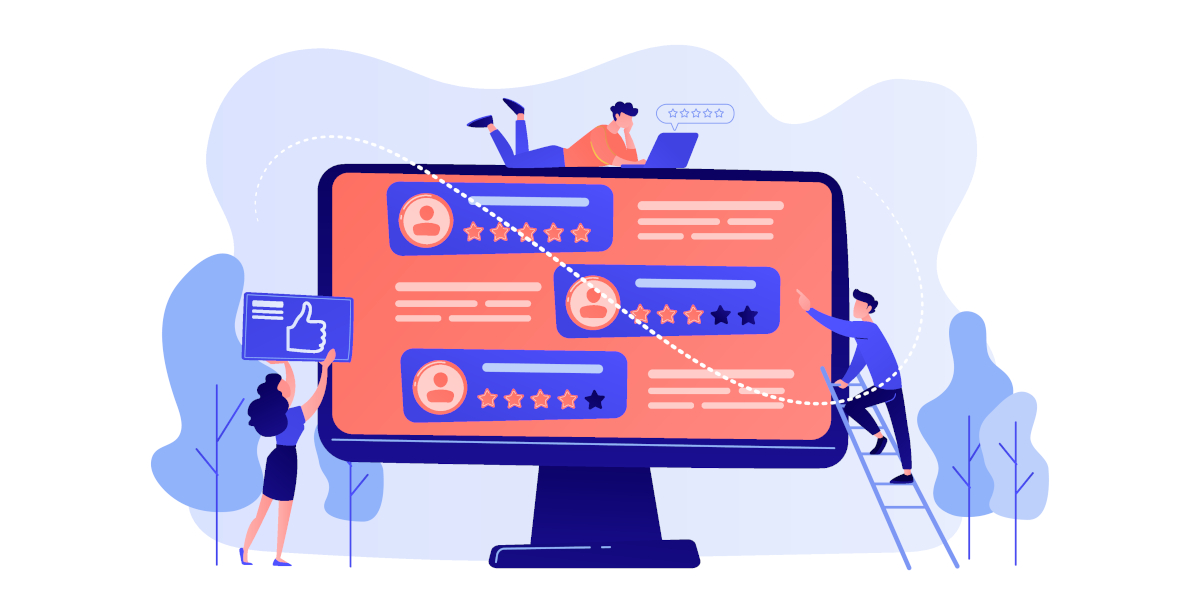If you’re behind on employee recognition, it’s time to change this or else employee morale may be in danger.
While a paycheck is important for most, your entire workforce wants recognition. And it’ll demand it too to stay engaged (and employed at your organization).
You too need to be concerned about their engagement levels or risk becoming one of the organizations bleeding $7 trillion in lost productivity annually.
What is Employee Morale and Why is it Important?
Employee morale is the emotional climate of your workplace, encompassing outlook, attitude, satisfaction, and confidence. This collective mindset drives key performance indicators like productivity, retention, and job satisfaction.
Morale reflects employees’ motivation, sense of value, and connection within the organization. When elevated, employees are motivated and take pride in their work.
On the other hand, low morale leads to disengagement, subpar performance, absenteeism, and turnover. Employees merely fulfill roles, lacking drive while negativity permeates team dynamics, leading to resentment and conflicts.
Prioritizing employee morale through strategies like employee recognition fosters a thriving culture. Moreover, positive workplace culture encourages employees to contribute fully.
The Role of Employee Recognition in Employee Morale
When it comes to boosting employee morale, one strategy consistently rises to the top: employee recognition.
Recognition refers to acknowledging and appreciating employees’ contributions and achievements in a way that resonates on a deeper, more personal level.
It goes beyond monetary rewards, tapping into psychological factors that fuel intrinsic motivation, driving individuals to perform at their best. When employees feel seen and appreciated, their motivation skyrockets.
Recognition further impacts morale by showing employees the impact of the work they do. It enables them to tie their day-to-day tasks to the mission, vision, and goals of your organization. Therefore, they feel more connected and needed for long-term success.
This impact isn’t limited to one employee or team either. It’s bound to create a ripple effect throughout your company. As motivated employees pay it forward, they’ll celebrate their co-workers’ achievements too.
The Transformative Impact of Employee Recognition
Employee recognition is not merely an act of appreciation; it’s a fundamental driver of an organization’s workforce. So, in addition to morale, here are the benefits you’ll get by embracing this strategy.
Enhanced Productivity
When employees feel good about where they work, they’re more likely to go above and beyond. Research by Gallup found that employees with high morale are 31% more productive and have 23% higher profitability.
A prime employee recognition example comes from Google. The IT mogul’s focus on employee satisfaction resulted in a 26% increase in productivity. The formula is simple: boost morale, and productivity follows.
Improved Retention Rates
Keeping top talent on board can be a challenge. But when morale is high, it’s a whole different story.
Employees who feel good about their workplace are naturally more invested in sticking around and less likely to jump ships.
To put numbers to it, companies with high morale see 25% lower turnover rates. So, no costly turnover, and you get to have a team that’s cohesive and experienced.
Teamwork and Collaboration
Employee recognition creates a space where team members feel safe sharing ideas and collaborating.
When employees are acknowledged for their contributions, they experience higher confidence and are more likely to communicate openly. A happy, recognized team is often a creative one, leading to innovative solutions and better problem-solving.
Take Zappos for example. Their quirky, fun culture puts recognition front and center, fostering collaboration, creativity, and exceptional customer service – plus, a loyal customer base.
Strengthened Company Reputation
Your employees are your brand ambassadors. When recognized, they naturally become vocal advocates, sharing their positive experiences on platforms or just through word-of-mouth.
This, in turn, boosts your reputation across the industry, making it easier to attract top talent and build customer trust and loyalty.
Take Salesforce for example. Their focus on employee recognition has earned them a stellar spot on Fortune’s “Best Companies to Work For.” That reputation has played a crucial role in their 94% customer retention rate.
Elevated Levels of Innovation
Employee recognition sparks innovation. When employees feel valued, they confidently share ideas and take risks. This culture is essential for businesses to stay competitive in changing markets.
Boosted Customer Satisfaction
The link between employee recognition and customer satisfaction is profound. Appreciated employees deliver exceptional service, driving positive experiences, loyalty, and long-term success.
Openness to Constructive Feedback
A recognition-rich environment fosters receptiveness to feedback. Valued employees’ welcome constructive criticism, viewing it as growth, not attack. This openness enhances communication, strengthens team relationships, and promotes learning.
Employee Recognition Strategies to Try
Overlooking employee recognition programs isn’t an option for a thriving business. And if that describes your organization, here are ways to supercharge your recognition efforts and cultivate a motivated, engaged team.
Peer-to-Peer Recognition Programs
Imagine a workplace where employees actively cheer each other on. That’s the magic of peer-to-peer recognition programs, a key part of an effective employee recognition program.
In addition, employee recognition software can make it easy for team members to acknowledge each other’s strengths. With a few clicks, employees can share wins and motivate one another. This, in turn, boosts employee engagement and reduces turnover.
Monthly or Quarterly Employee Recognition Awards
Formal recognition initiatives like “Employee of the Month” offer structured opportunities to spotlight individual achievements. Hosting ceremonies injects excitement and motivation into the team dynamic.
When employees see their efforts celebrated, it ignites a spark that drives them to elevate performance and applauds individual contributions. Moreover, it nurtures a culture of achievement where everyone feels inspired to strive for excellence.
Public Recognition
Amplify achievements through company-wide communications to show that success is valued. This creates a buzz around collective successes.
Research shows that public recognition increases employee retention by 60%. Especially as sharing success reinforces community ties and fosters a culture of excellence.
Personalized Thank-You Notes
Handwritten notes or employee recognition cards that show effort make a lasting impact in today’s digital age. Expressing gratitude for specific contributions makes employees feel valued, creating a personal connection that emails can’t replicate.
Flexible Rewards
Offer choices to make recognition feel personal. Gift cards, extra time off, or professional growth opportunities allow employees to choose what resonates. You can use annual surveys to ensure employee recognition rewards are tailored and impactful.
Celebrate Milestones
Want to make your employees feel valued? Celebrate their milestones – work anniversaries, project completions, or personal achievements. It’s a simple way to foster belonging and appreciation.
Bain & Company does this beautifully, recognizing employees with personal acknowledgments and team celebrations, resulting in a 40% boost in employee satisfaction.
Regular Feedback and Check-Ins
Don’t underestimate the power of regular check-ins! It’s one of the best employee recognition ideas. Gathering feedback and recognizing efforts shows you genuinely care about their opinions and success.
Social Media Recognition
Why not shine a spotlight on your employees’ accomplishments on social media? It’s a fantastic way to boost morale and let them share their successes with friends and family.
Zappos does this expertly, celebrating employees publicly and reinforcing their commitment to recognition. Consider taking it to the next level with an employee recognition award.
Want to Simplify Recognizing Your Employees?
Let’s face it—high employee morale isn’t just a bonus anymore, it’s a necessity. In today’s fiercely competitive marketplace, recognizing your team is essential.
By prioritizing recognition, you’ll create a workforce that feels valued, engaged, and motivated. Your employees—and your bottom line—will thank you!
Looking for a simple way to streamline employee recognition? Try nGAGE. You’ll not only process with top-tier employee recognition software, but also ensure your team feels valued and appreciated. It’s your ticket to a more “nGAGE”-ed, high-performing team.



